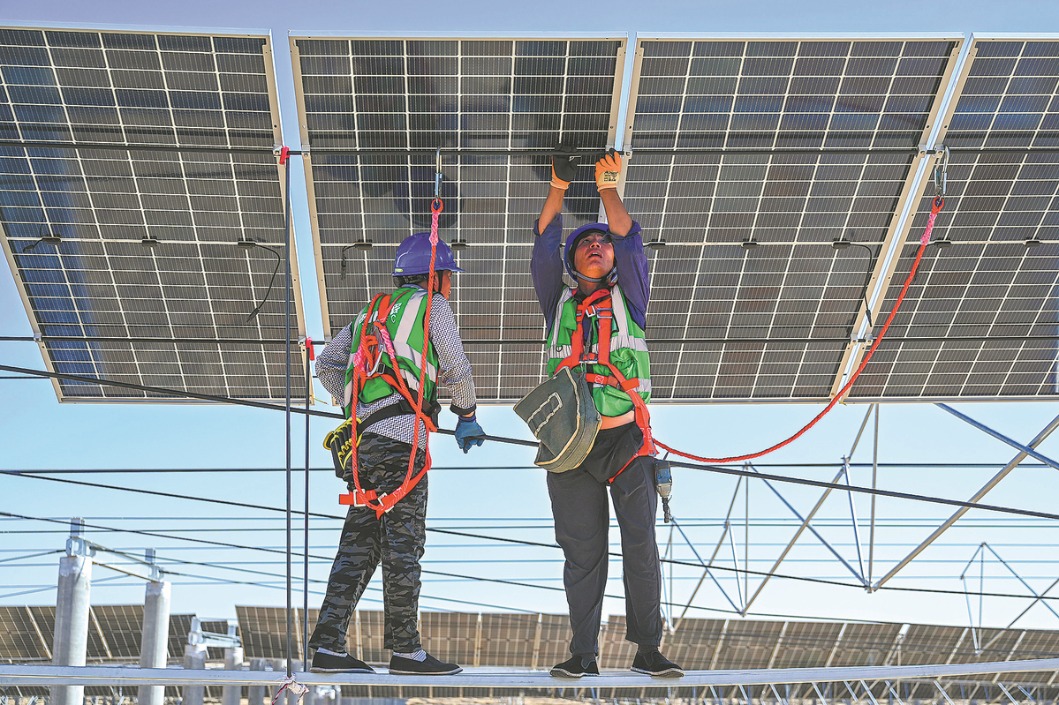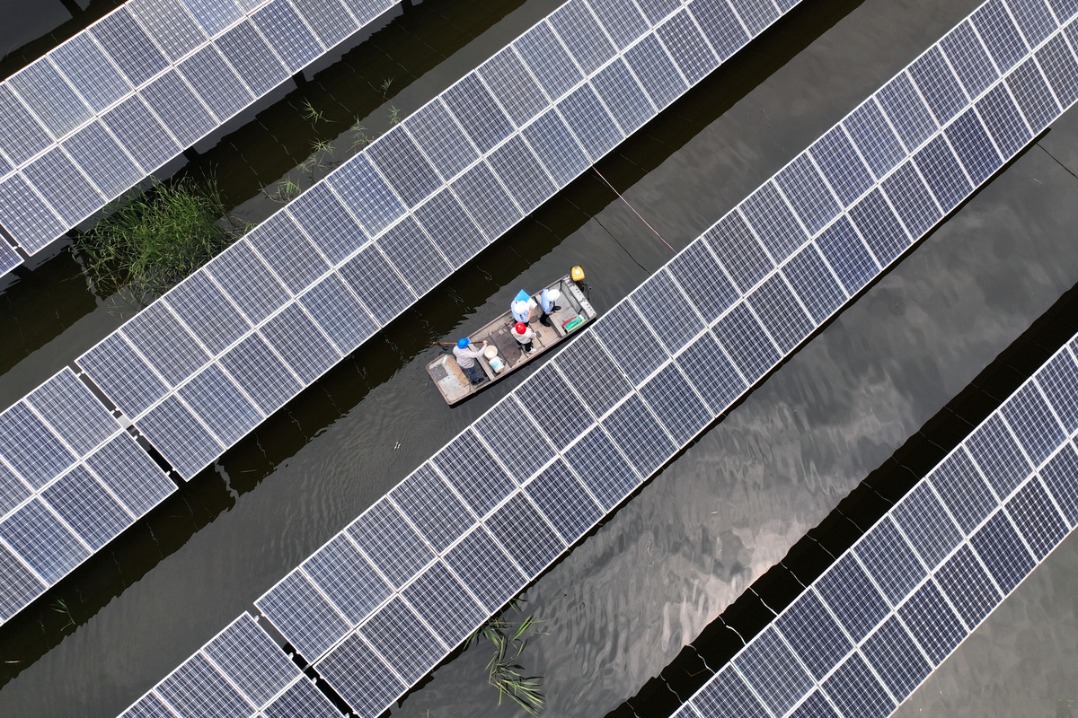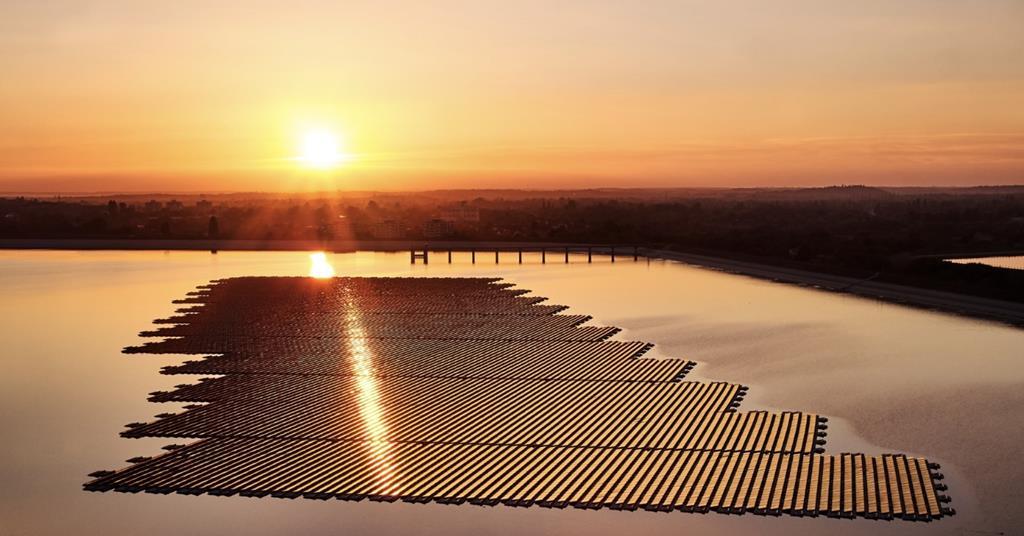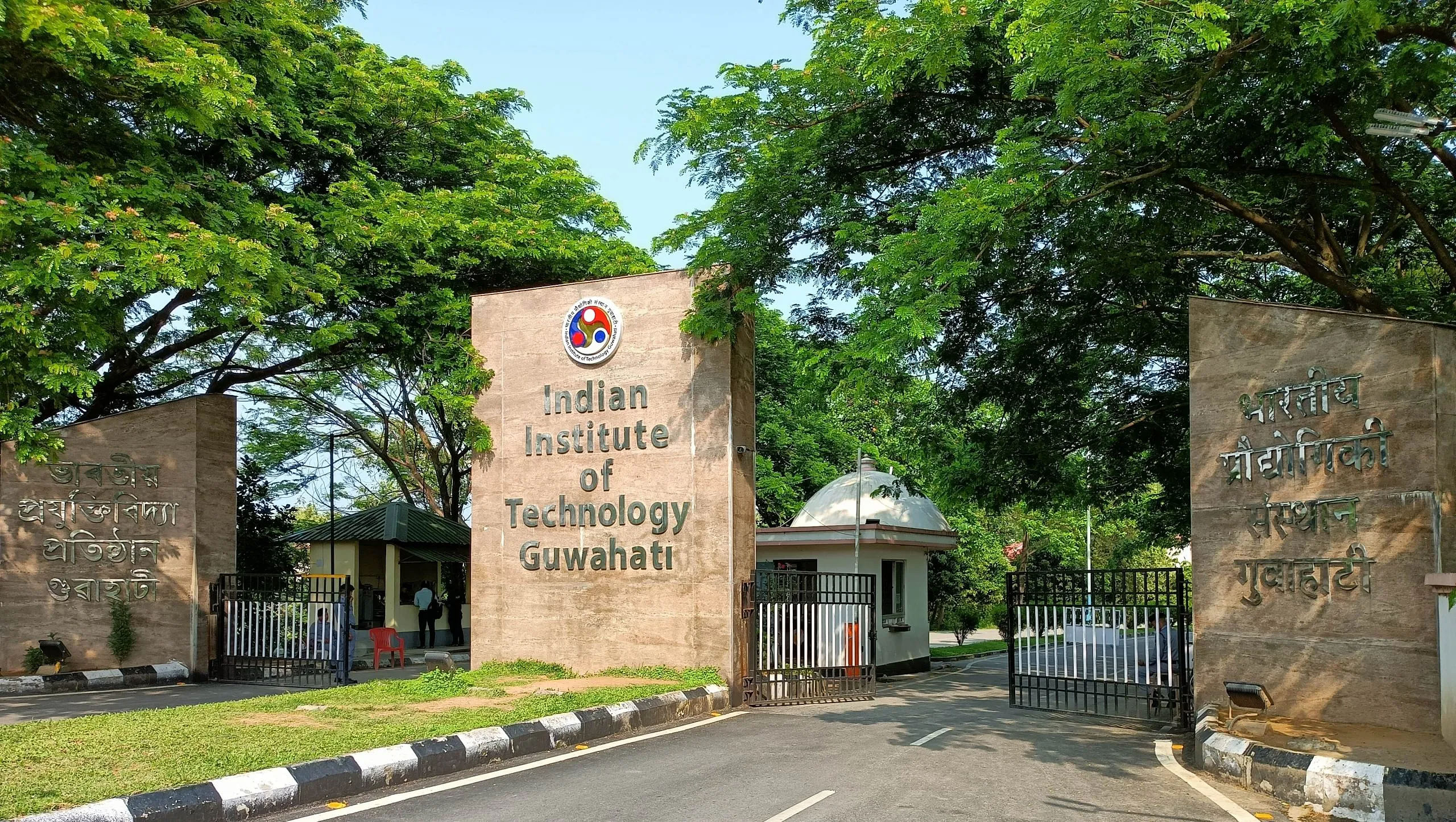In a bold move towards sustainability, Inner Mongolia, a key player in China’s battle against desertification, is pioneering a novel approach. By amalgamating sand control with wind and solar energy projects, the region aims to curb the relentless advance of its deserts.
Green Innovation at the Forefront
Sun Shaocheng, the region’s Party secretary, emphasizes innovation as pivotal to their broad green development agenda. Inner Mongolia targets the treatment of nearly 800,000 hectares of desert by 2030 through this novel approach. Identified as a crucial regional project, it signifies a significant stride in combating desert encroachment with national implications.
The Intersection of Ecology and Energy
Since the 18th National Congress of the Communist Party of China in 2012, Inner Mongolia has shouldered the responsibility of constructing an ecological barrier in northern China. Integral to this endeavor is advancing the Three-North Shelterbelt Forest Program, conceptualized in the 1970s to enhance the ecological landscape and mitigate desertification.
Integration of Sand Control and Renewable Energy
The regional government has unveiled a comprehensive plan integrating sand control with green energy production. By 2030, Inner Mongolia aims to treat approximately 767,000 hectares of desert while achieving an installed capacity of 119 million kilowatts of new energy. This ambitious initiative underscores the region’s commitment to sustainable development.
Multipronged Strategies for Desert Rehabilitation
Inner Mongolia is strategically aligning the development of new energy projects with sand control efforts. Emphasizing the construction of centralized solar power plants and power cables in desert areas, the region aims for a symbiotic relationship between agriculture and renewable energy production.
With an objective to treat 153,000 hectares of desert and increase installed new energy capacity by 27.27 million kilowatts this year, Inner Mongolia remains steadfast in its mission. By 2030, the region targets the treatment of 6.46 million hectares of desert, underscoring its proactive stance against desertification.
Beyond Desert Control: A Holistic Approach
Recognizing the multifaceted nature of desert management, Inner Mongolia emphasizes holistic solutions. By integrating sand control with food production, the region not only ensures environmental sustainability but also bolsters China’s food security.
Inner Mongolia’s dedication to combating desertification is evident through its substantial achievements since 2012. With millions of hectares of forests and grasslands created and millions of hectares of desert treated, the region sets a precedent for sustainable development on a grand scale.
Amidst the vast challenges posed by desertification, Inner Mongolia emerges as a beacon of hope, championing green innovation and ecological resilience on the global stage.
Source:chinadaily.com.cn





